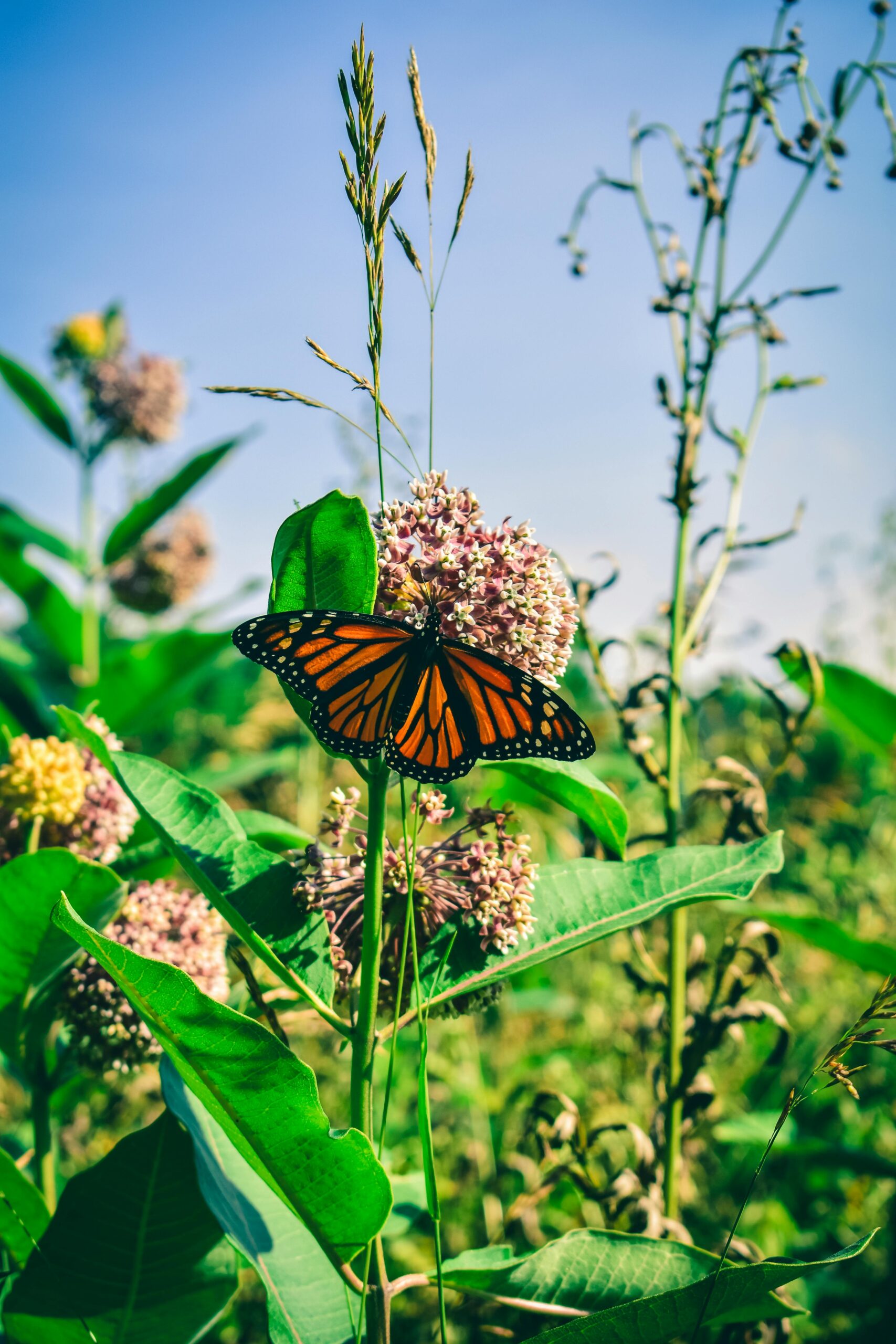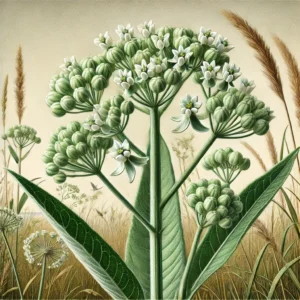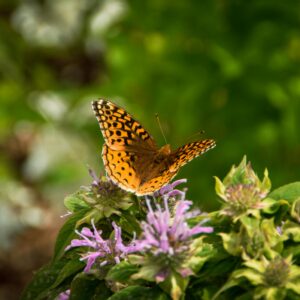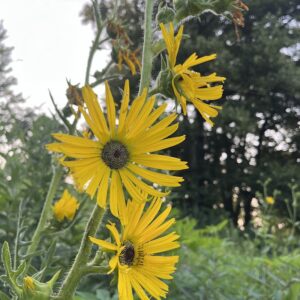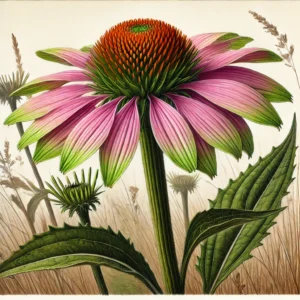Common Milkweed (Asclepias syriaca) – A Vital Native Plant
Common Milkweed is a hardy, native wildflower that plays a crucial role in supporting pollinators, especially monarch butterflies. It is known for its fragrant pink flowers and milky sap, which gives it its name. This plant is an essential part of prairie, meadow, and roadside ecosystems throughout North America.
Identification & Features
Flowers: Dense, globe-shaped clusters (umbels) of pink to purple flowers. Each small flower has a star-like shape with a central crown and five backward-curved petals. Fragrant, sweet-smelling, attracting many pollinators.
Height: Grows 3-5 feet tall, sometimes taller in optimal conditions.
Leaves: Broad, oval-shaped, opposite leaves with smooth edges. Gray-green color with a thick, leathery texture. Releases a white, milky sap when broken, which is toxic to many animals.
Stem & Growth Habit: Erect, unbranched, and slightly hairy stems. Spreads by underground rhizomes, forming large colonies over time.
Habitat & Range: Native to eastern and central North America. Grows in fields, roadsides, prairies, meadows, and disturbed areas. Prefers full sun and well-drained soils but is adaptable to various conditions.
Pollinators & Wildlife: A keystone species for pollinators, including bees, butterflies, and hummingbirds. Monarch butterflies lay their eggs exclusively on milkweed; their caterpillars feed on the leaves. Provides nectar for many other insects, including swallowtails, fritillaries, and bumblebees.
Essential for Monarch Butterflies: Monarch caterpillars only eat milkweed, making it critical for their life cycle. The plant’s toxins make monarchs poisonous to predators, offering protection.
Medicinal & Traditional Uses: Historically used by Native Americans for fiber, medicine, and food (young shoots were cooked like asparagus).The milky sap contains compounds used in cardiac medications.
Fall & Winter Behavior: In late summer, seed pods develop, which are large, green, and spiny. The pods eventually split open, releasing fluffy silky seeds that float on the wind. Dried seed pods are often used in crafts and decorations.
Growing Common Milkweed
Best for butterfly gardens, prairies, and pollinator-friendly landscapes. Grows easily from seed—best planted in fall for natural stratification. Tolerant of drought and poor soil—low maintenance once established. Can be aggressive—spreads through rhizomes and may take over garden beds.

